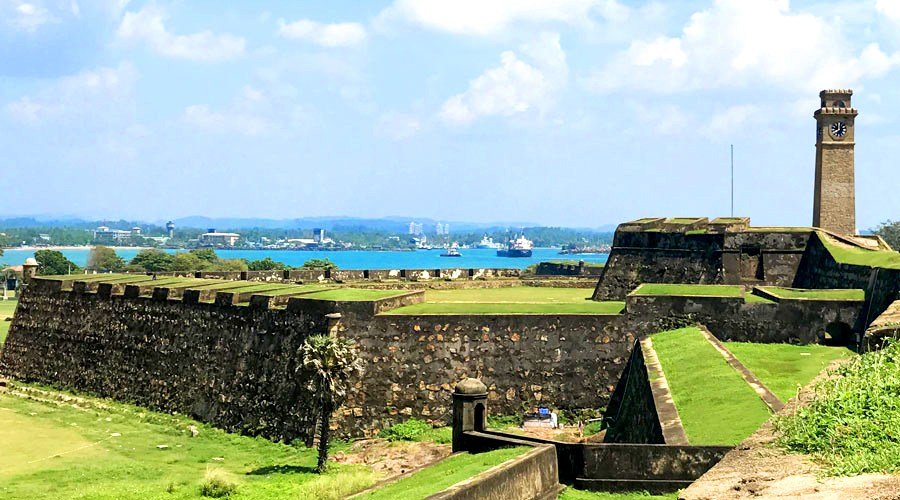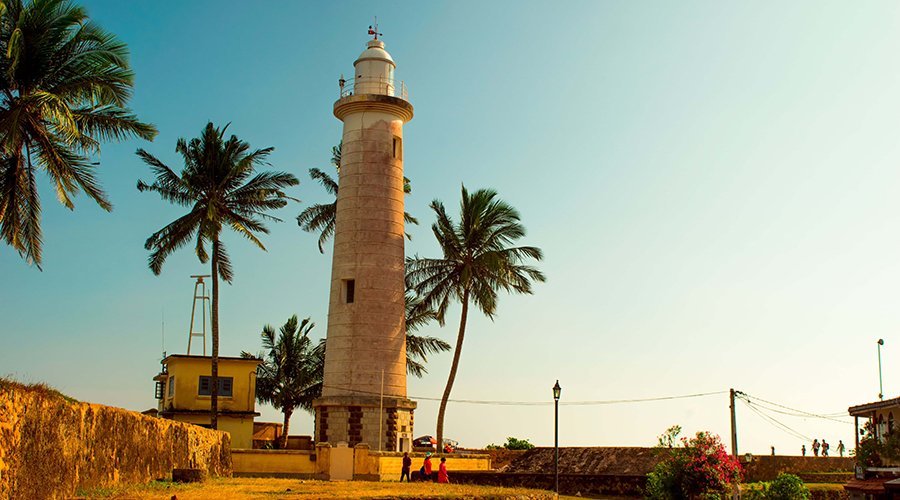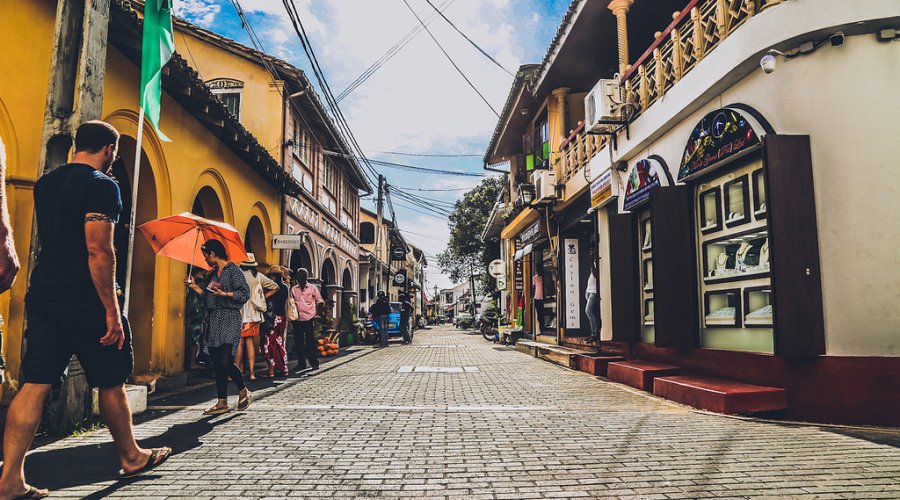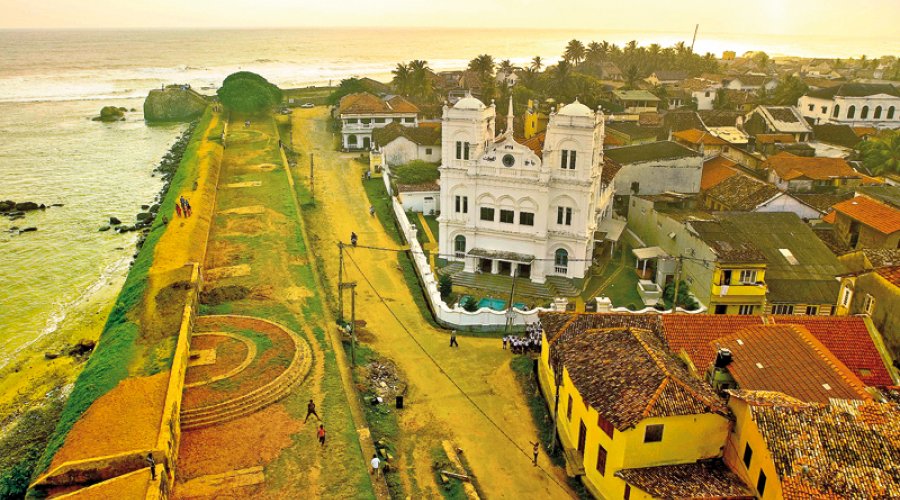Galle Fort
Galle is the country is oldest living city and is sure to capture your interest, with its historic sites and its unique fusion of European and Arabic cultural and architectural influences. Galle rose to prominence as a port of call for Chinese, Persian, Arab and Indian traders, later followed by Portuguese, Dutch and British colonialists, all leaving their indelible mark on this enchanting seaside town. According to James Emerson Tennent, Galle was the ancient seaport of Tarshish, from which King Solomon drew ivory, peacocks and other valuables. Cinnamon was exported from Sri Lanka as early as 1400 BC and the root of the word itself is Hebrew, so Galle may have been a main entrepot for the spice. Galle had been a prominent seaport long before western rule in the country. Persians, Arabs, Greeks, Romans, Malays, Indians, and Chinese were doing business through Galle port.
The modern history of Galle starts in 1505, when the first Portuguese ship, under Lourenso de Almeida was driven there by a storm. However, the people of the city refused to let the Portuguese enter it, so the Portuguese took it by force. In 1640, the Portuguese had to surrender to the Dutch East India Company. The Dutch built the present Fort in the year 1663. They built a fortified wall, using solid granite, and built three bastions, known as Sun, Moon and Star. After the British took over the country from the Dutch in the year 1796, they preserved the Fort unchanged, and used it as the administrative centre of Galle.








